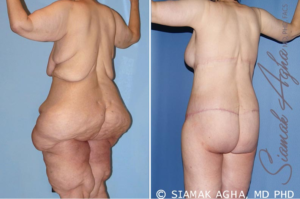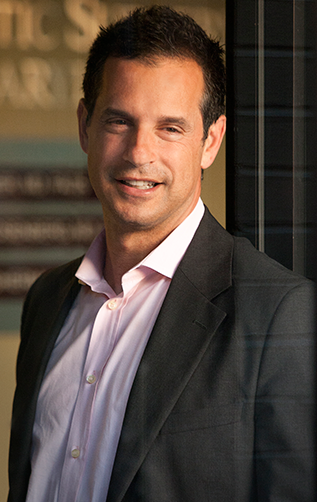
There are many factors that can affect the price of a Rhinoplasty. In this article, you'll learn about variations in the procedure's cost, how to determine your insurance coverage, and what you can expect to pay for your rhinoplasty. These are just a few of the tips you need to remember when comparing rhinoplasty costs between different hospitals or surgeons. Consider the experience of the surgeon. These tips will help explain why rhinoplasty will be expensive and how much.
The cost of a Rhinoplasty is dependent on where you live.
Costs for rhinoplasty vary depending on where you live, what type of reshaping is required, and how the surgeon charges. The fees of a surgeon can vary as can post-operative treatment. Do not make a decision based solely on the cost of a surgeon. Ask to see their before-and after photos. Check for board certification and fellowships.

Although most insurance policies cover rhinoplasty, it's important to verify your policy to ensure you are covered. You may not have a highdeductible but it is important to ask about your coverage prior to booking an appointment. You can also inquire about financing options, even if your payment is cash. A majority of surgeons will offer some form of financing, which allows you to pay a smaller down payment and make payments in equal installments.
Variations in rhinoplasty costs
The cost of rhinoplasty varies widely from one area to the next. However, it is important that the doctor is located in the right place. Rhinoplasty is performed in approximately 78 percent of cases along the coast. Therefore, the price of plastic surgery in coastal regions tends to be more expensive. Aside from geographic factors, the cost of rhinoplasty is affected by the hourly rate charged by the surgeon and the business expenses.
Following rhinoplasty, patients can expect some swelling and bruising. The recovery period isn't very long but patients should be careful not to do strenuous activity for several weeks. Bruising may occur under the eyes or on the nose. These bruises will usually disappear within a few months. To reduce swelling patients should lie on their backs. The nasal packing or splint should be removed within four to seven working days.
Rhinoplasty insurance coverage
Insurance coverage for rhinoplasty depends on the policy and insurer. Many insurance companies will not cover rhinoplasty unless it is medically necessary. This means that you need to make sure to thoroughly review your policy before you submit a request. Functional rhinoplasty is a great option for patients who need to correct problems with their nose that interfere with breathing. A broken nose can be repaired by this procedure. The surgery may be covered under your insurance if you suffer from sleep apnea and other breathing problems.

You will not be reimbursed by Medicare or your private health insurance for cosmetic procedures. But, private insurance funds can cover functional rhinoplasty if they are part of a high risk health plan. HSA participants can use money from their pretax savings account to pay for medical services. If your policy covers cosmetic surgery, your insurance may cover the cost associated with rhinoplasty. If you are not sure, you can contact your insurance provider to confirm whether you are eligible for special plans.